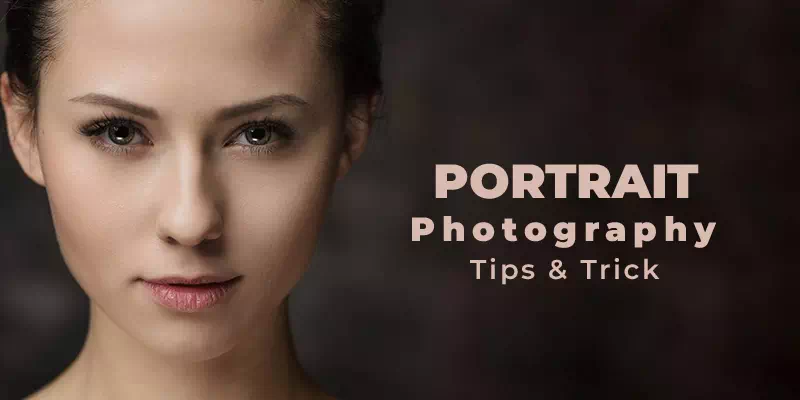Portrait photography is one of the most common and widely practiced photography genres. In fact, it has a long history in painting but that’s another day’s discussion. What is portrait photography in the first place?
Simply it means taking photos of people keeping their faces in focus in most cases. It sounds super easy, isn’t it? Well, it is easy but a slight flaw can ruin all the efforts. Besides, you require proper guidance on what the gears to use and how should be the camera settings.
To answer all of your questions and further introduce you to the world of portrait photography, here you go! Read to the end to discover all the tips and techniques that will give you a thorough idea of portrait photography.
Pick The Right Camera
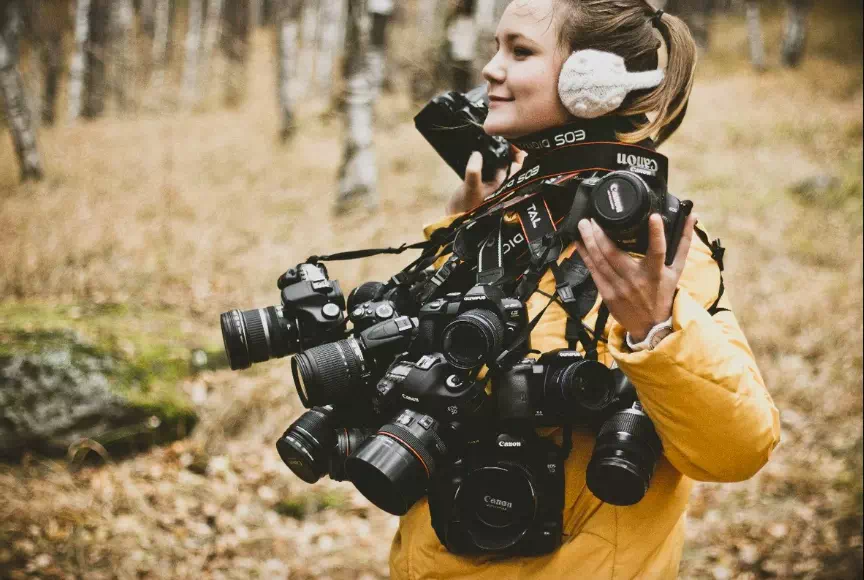
A good portrait photo needs to have the right camera. For that, you can certainly go for the traditional DSLR camera. It allows choosing a wide variety of lenses for different types of portraits. Also, you can get a mirrorless camera which is lightweight, compact and gives you lesser shaking.
Besides, you need to decide whether you want a full-frame camera or a crop sensor camera. Full-frame cameras are expensive but great for capturing photos in low light. However, choosing the camera depends on what type of portrait you are taking.
Don’t Forget The Lenses

Portrait photography is probably the only photographic field where you don’t need to worry about lenses. You can literally go for the basic ones and the result will be amazing. But that does not mean you will pick something blindly. Focal length and aperture value are the two things that make or break the picture. Prime lens and zoom lens are mostly suitable for an outstanding portrait. Zoom lenses are great for experimenting with style and perspectives. On the other hand, prime lenses are the best for getting a clear and sharp image. If you want to be a little more creative, use a telephoto lens.
Camera Settings
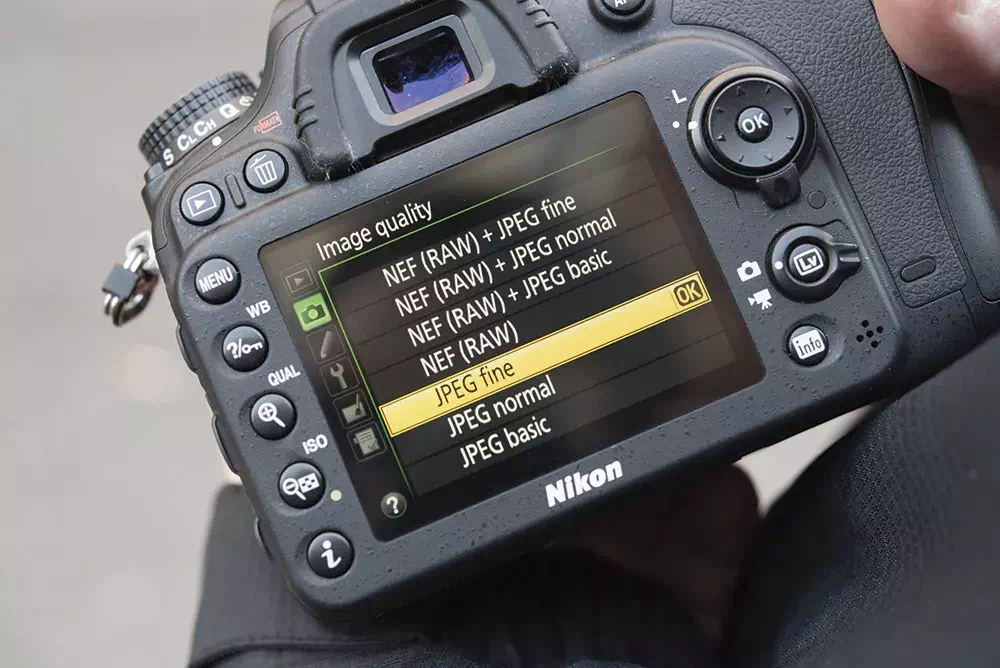
Once you have decided which camera and lens to pick, now is the time to focus on the settings. If the settings are not accurate, the images will not be impressive. Our suggestion is to avoid the auto mode and go for manual mode. After all, you need to have good control.
However, the aperture creates a depth of field in the image. On the other hand, ISO is related to lighting. If the ISO is high, there will be grains in the photos. So keep it low. In bright light, the shutter speed does not create any difference. Otherwise, the wrong shutter speed can ruin the image.
Choose a Good Background

Background is not something you can take for granted in portrait photography. You never want the portrait getting less importance for the background. That can really happen. When there’s a lot going on in the background, the eyes will get easily distracted. So choosing the right background is crucial.
You can go for neutral background with little textures. Also, you can add a pop of contrasted color. That’s not all. To portray a person holistically you can add little props as the background. For example, if the subject is an artist, you can keep his/her art materials in the background.
Give Some Time to the Model

If the model is not well prepared for photography, the result will show it. So give some time to the model to be prepared, chilled, and comfortable. Before starting the photography, talk to them or ask them to do something relaxing.
Also, give a little break between the shots otherwise they may get wearied and exhausted. For children, you need to be conscious of it. Spend time with them so that they start to be comfortable around you.
Take Poses as Prime Concern

It may sound silly but poses are one of the primary things to consider in portrait photography. As a photographer, it is on you to guide the models in posing accurately. Don’t bother them asking for ‘supermodel-like poses in the very beginning.
If the models are uncomfortable with poses, the images will bear the sign. So start with some basic things like standing straightly, sitting correctly, and so on. Experiment with different poses slowly to explore which one is working the best.
Light is Crucial
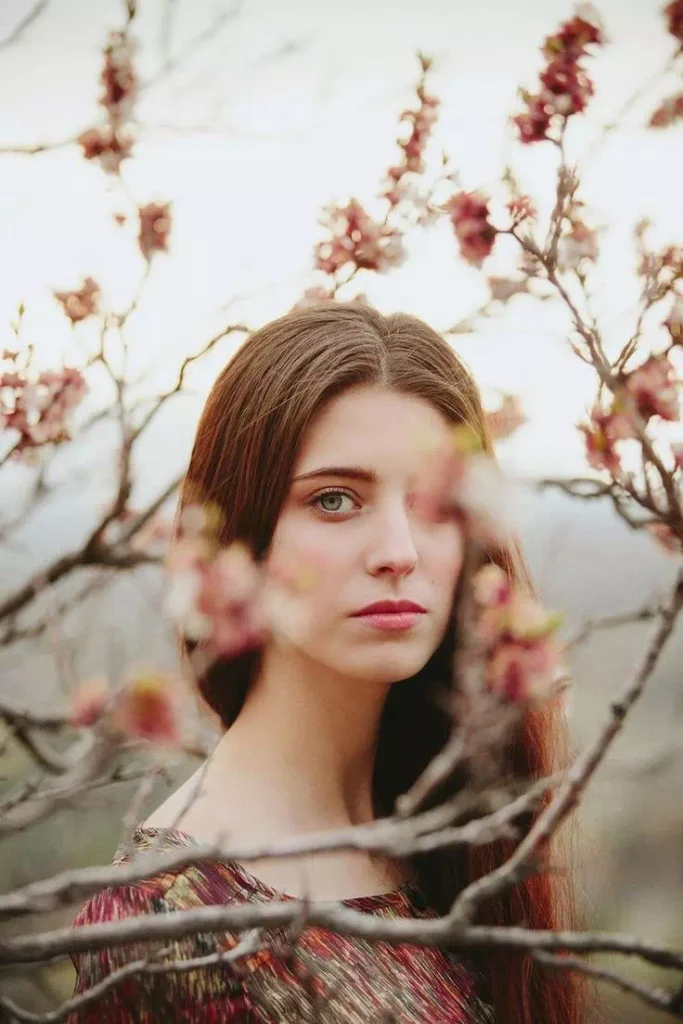
Lighting is another essential factor for portrait photography. No matter how brilliant the composition is, faulty lighting can ruin all the effort. For outdoor photography, natural light is enough. In fact, the natural light makes the portraits a lot more attractive. But for indoors, you have no other way than to go for artificial lights.
However, no matter what your lighting source is, see that it never gets too strong. Harsh lights create defined and dark shadows. They do not look flattering at all. So go for soft and diffused lights to get eye-catching portraits.
Use a Reflectors

The reflector is a cheap lighting accessory that allows you to create proper lighting for portrait photography. It bounces the light and helps you fill the frame. It is easy to use and does not require any battery or cord. For portraits, the reflector is an ideal accessory to use. It redirects the light towards the subject. So it becomes well-lit. It is a versatile option as well. You can experiment with several creative photographs with the reflector.
Set up a Studio
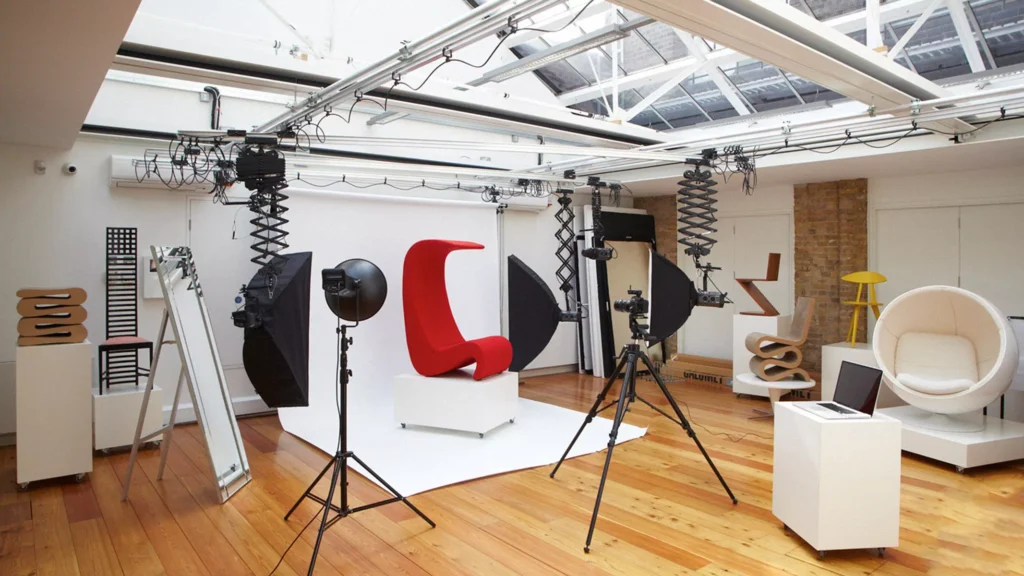
Setting up a studio is every photographer’s dream. But considering all the efforts and expenses, you may get overwhelmed. But the truth is setting up a studio is not that difficult. As a beginner, start with the basics. You can choose a room that is not too small. Make sure the wall is white.
If you can manage to get a big window, nothing like that. Still, you need to keep some artificial light sources like a reflector, flash triggers, light stand, umbrella, backgrounds, and other accessories. You can go for some DIY light accessories as well. This way, you can build your personal photography studio that will reduce your hassle effectively.
Maintain a Balanced Focal Length
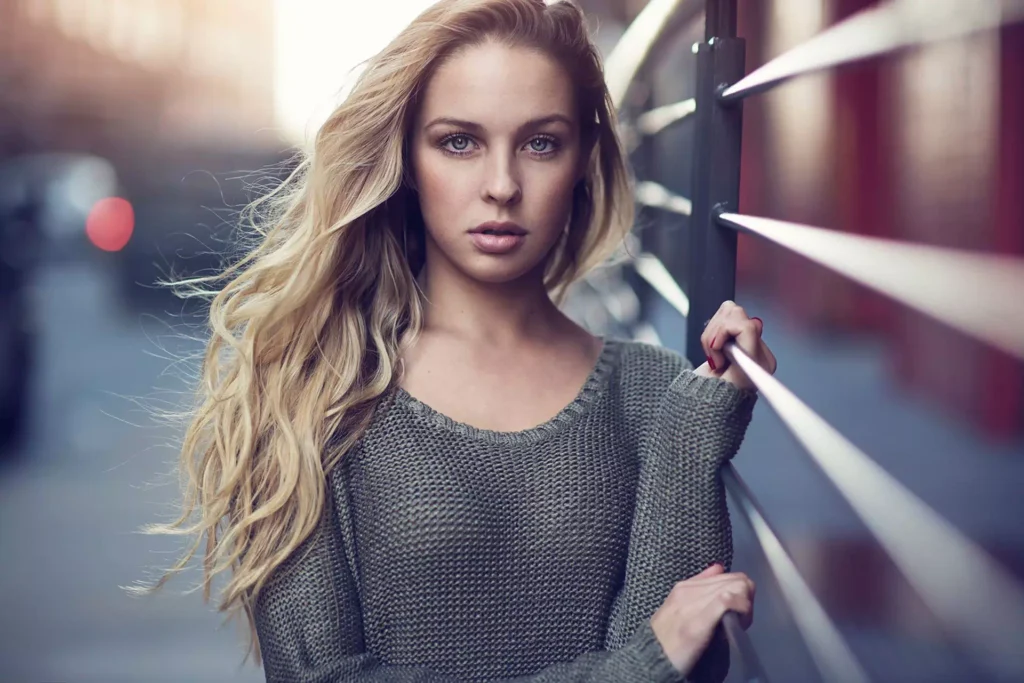
Focal length plays a quite important role in portrait photography. A well-balanced focal length means less distortion and an impressive portrait. If you choose a small focal length, the subject will end up having a large forehead, imbalanced eyes, and an exaggerated face.
Of course, that will not look flattering at all. 80mm to 100mm is the best focal length for portraits as it perfectly reveals the features, not overdoing anything.
Target the Eyes

Portrait photographs are super engaging, only if you can portray the eyes well. Nothing can make the images more intriguing than a focused eye. That is why the focus should be straight.
As if the model is looking at you and making eye contact. In fact, the technique helps you to get rid of boring photos.
Make it Surreal
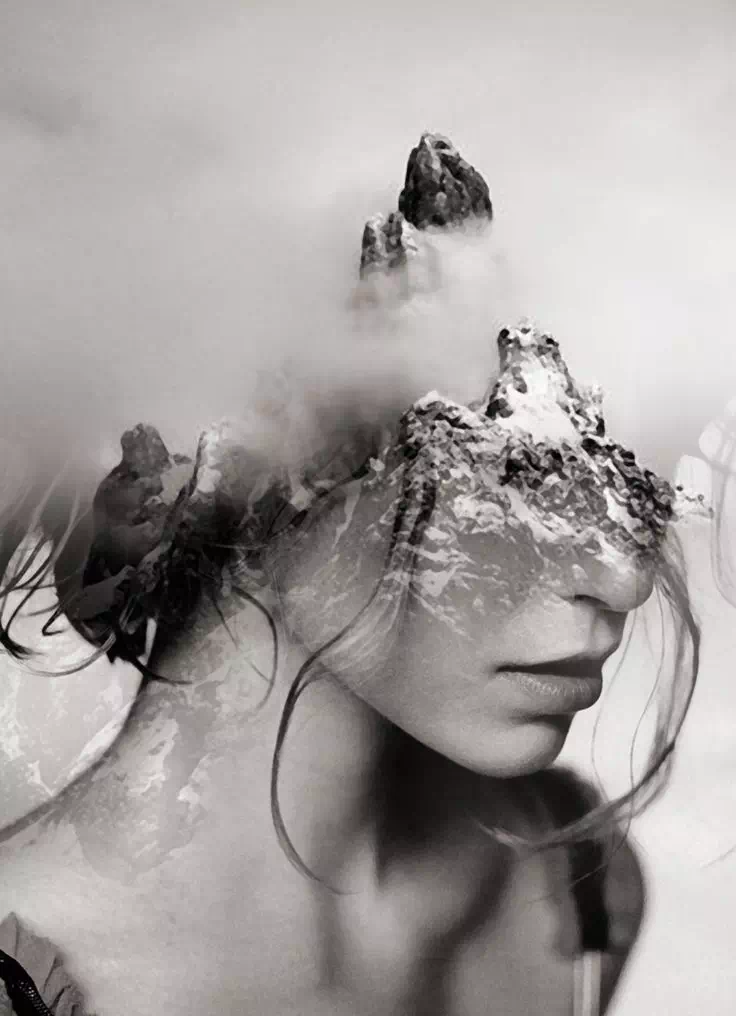
To take portrait photography to a new height, you can experiment with surreal photography. It is aesthetically much intriguing and gives an artistic appeal. You can get the surreal effect by creating artificial smoke inside the studio. Also, giving the subjects quirky makeup helps a lot. Not only that, you can get the surreal effect through post-processing steps as well.
Try Environmental Portrait

Environmental portrait means photographing the subject in a location that is meaningful to them. Here you can take them to the places that they like the most. It can be their favorite café, restaurant, countryside, and others. Portraying them with the places will make the image more intriguing and interesting. Carry minimal gears with you, depending on the natural light, and the result will be amazing.
Create a Fine Art

Fine art portrait photography is another artistic way to explore portraits. To create a fine- art portrait poses, props, and lighting is paramount. If you don’t like to follow the rules, we have the simplest idea for you. Do anything that will look wired but artistic.
For example, the subject can get a whimsical makeover. Or you can place quirky props beside her. Try different techniques like motion blur, double exposure, etc. Following these simple ways, you can get a perfect fine-art portrait.
Go for Candid

To capture the authentic and organic moment of the subject’s life, you can go for candid portraits. It does not follow any rules or specific style. In fact, a lot of time you can feel that- it is the exact pose I want. Don’t lose the chance, capture it right away. It will be a candid but genuine one.
Also, you can choose ‘fake’ candids. Here you will prepare the subject to blend in a situation and capture the photos accordingly. Candid portrait photography does not require any fancy equipment, the regular ones are sufficient for it.
Focus on the Emotion

Portrait photography does not merely mean taking photos of the subject’s face. Capturing their authentic emotion or true expressions gives the pictures a different appeal. So what are the things you can add? Laughter, smile, thoughtful eyes, sadness, etc can be some of the emotions. But avoid fake expressions because they look imposing and non-flattering. Also, make the subjects comfortable before photographing them to get amazing portraits.
Experiment with Angles
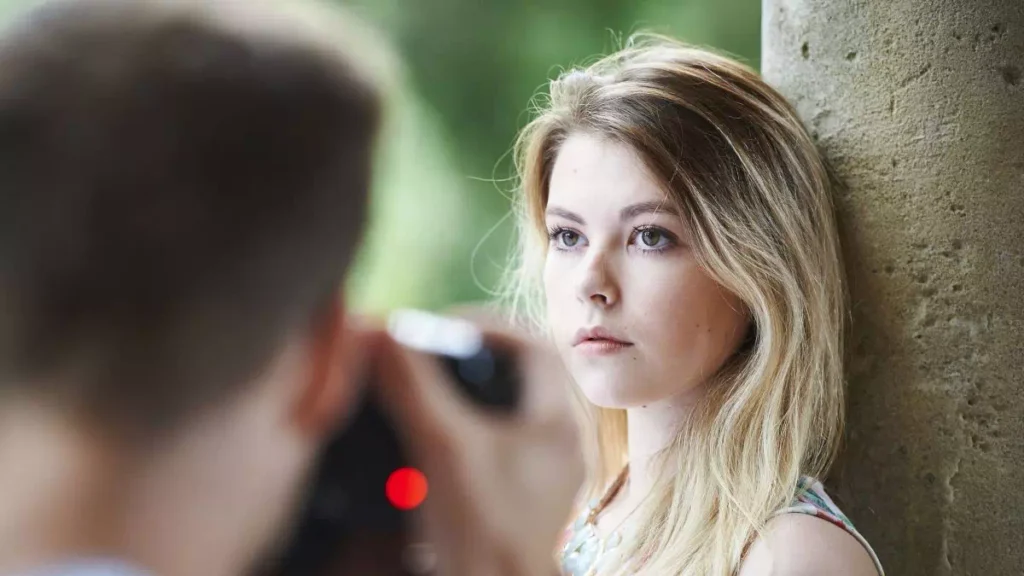
Portrait photography is not meant to be done by shooting from eye level. You can experiment with angles like other photography genres. It allows you to explore new perspectives on portrait images. Some of the angles can make the subject look different. For example, if you take the photo from a lower position, he will look slimmer. This technique results in something more beautiful than conventional angles.
Use Some Props
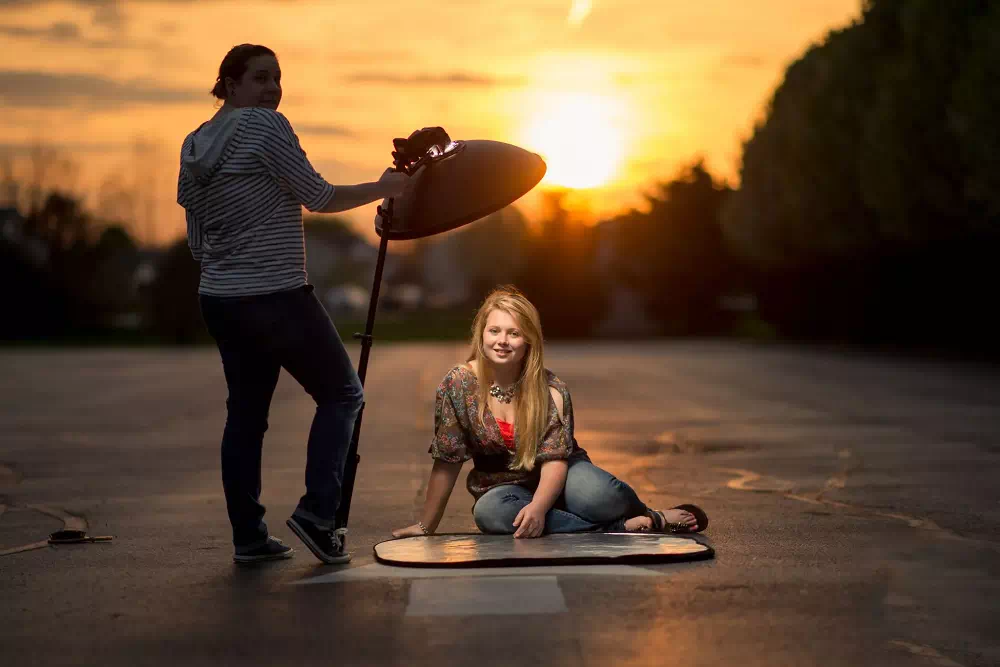
To bring a sparkle of life in life-less photos, props are an essential element. For portrait photography, they can prove to be helpful as well. Though portraits are not life-less, still props can give them a different look. Depending on the photography context, pick some stuff. Make sure they are not irrelevant. Sometimes you can contextualize the image by using props.
Break Some Rules
To enjoy your creativity, you can guiltlessly break some traditional rules. Breaking the rules means developing your subjective style that is unique. It helps you bring versatility to your portrait photography portfolio.
Here you need to brainstorm a lot and find out lots of unique styles, ideas, and techniques. Then start applying them to the portraits to see how they are working. This way, you can create your personal recognizable style.
Go for wide Aperture

The mechanism of the aperture decides how much light is coming to the sensor once the shutter gets closed. It is the sole controller of the light that comes through the lens. When you choose a wide aperture, more light comes to the sensor.
However, a wide aperture helps you take good photos in low light conditions. In portrait photography, a wide aperture gives you a different look. It does not provide you with a fair depth of field, so the foregrounding subject is easier to isolate. Thatswhy to keep the portrait focused; you can go for a wide aperture.
Check the white Balance
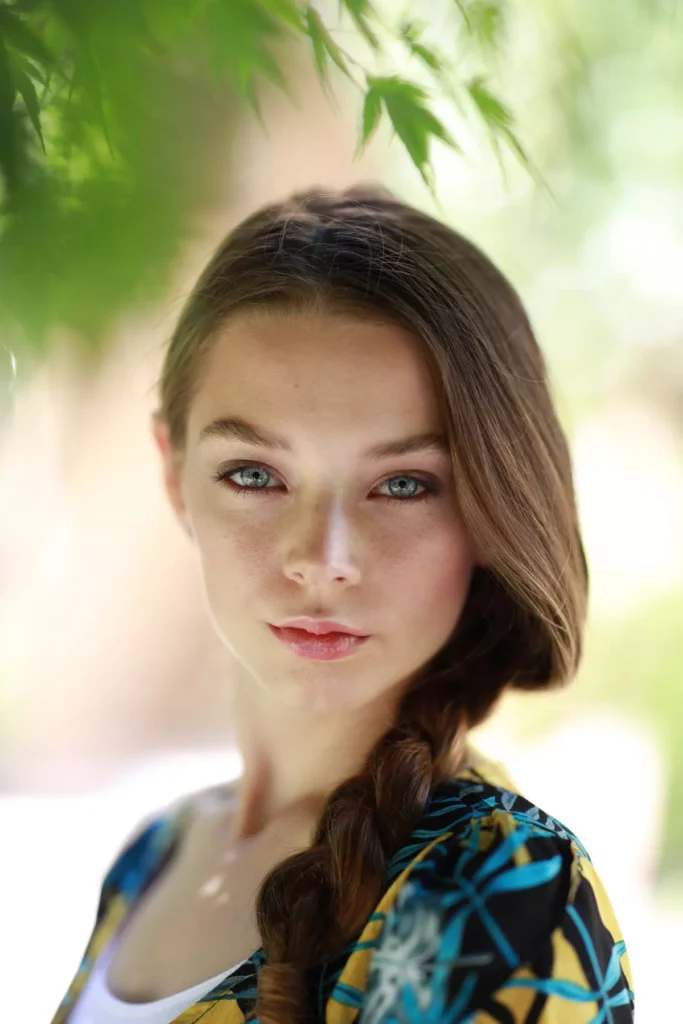
White balance is one of the many things that you need to be careful of. It refers to the adjustment of colors in the image. A digital camera’s auto-white balance tends to make the photo unrealistic and artificial. In portrait photography, the auto-white balance affects the subject’s skin color. So the best solution is- to go for a custom white balance. It will reduce the possibility of getting fake colors in the portraits.
The Classy Black and White

It’s a clever trick. If you don’t get proper lighting, make the portrait black and white. With lots of trendy photography styles, black and white photography still has its place. It is artistic and appealing. The absence of color makes the portrait more focusing. Our eyes don’t get away to distract themselves. So the portrait photo ends up being attractive and engaging even more.
Unfocused Shots are Good

In portrait photography, you mostly keep the subject in the main focus. Yes, it is pretty much the rule. But as we have told you before, you can definitely break some rules. Unfocused photography is one way to do that.
To achieve the unfocused shot, focus on one element keeping the main subject out of focus. You can even make it blurred. A wide aperture can help you with that. Such unfocused shots make your portfolio quite versatile.
Experiment with Movements

Do you want to make the portraits more interesting? Experimenting with movements can be one way to achieve that. It makes the portrait photos dynamic and spirited. You can either make the subject move or other background elements move.
The process is not that hard, by the way. Use a slow shutter speed to catch the moment through the camera. Also, you can go for freezing the movement technique where the subject will keep moving. Either way, the portrait will be dynamic and bewildering.
Don’t Keep the Frame Empty

Another great way to keep the subject in focus is by filling the frame. It means you will take a close shot of the subject while keeping no background at all. Here posing is important otherwise, the portrait photo may look wired. To master the technique properly, you need to experiment a lot. It helps you find out the best pose for filing the frame
Create a Cinematic Look

Here we recommend you ditch all the conventional portraits and go for something dramatic or Cinematic. It’s pretty easy at the same time. Things you need to focus on are composition, lighting, lens, and posing.
Firstly take a horizontal shot to achieve the wide-angle effect. Secondly, create a story with the subject. You can keep the background blurred in some cases. After that change the angles and make new perspectives. These techniques will give you a dramatic and cinematic portrait photo.
Use the Twilight Effect
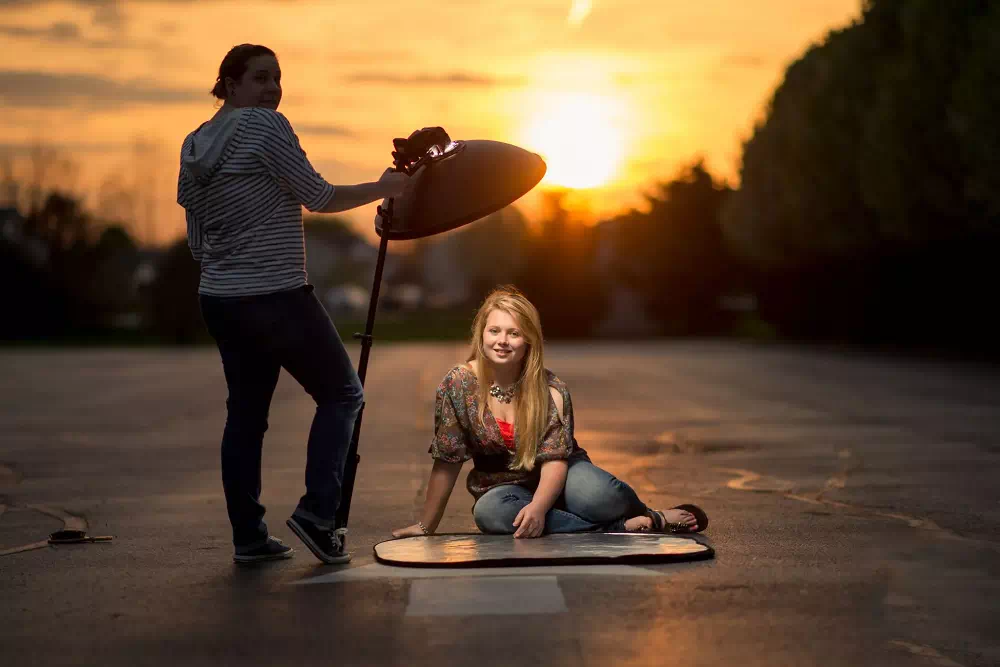
Twilight photography is taking pictures in low light. As you already know, low light affects the photo to a great extent. Photographers mostly avoid low light. However, you can use it as a boon. It is creative and gives you an artistic result.
If you are shooting at night, make sure the light is constant. Otherwise, you will find it extremely difficult to change the setting rapidly. You can use artificial ambient light to further beautify the location. In the case of using flash, you can use a diffuser to reduce the harsh effect.
For Family Portraits

For family portraits, your goal is somewhat different. You need to keep their emotional bonding intact in the photos. To get outstanding family portrait photos, there are some tips that you can follow. Instead of keeping all the members in a straight line, let them be at different distances.
It will make the photo look much more engaging. You can ask them to gossip and freely talk to each other so that you get some authentic shots. Using some relevant props helps you further. Also, you can go for some candid photos. Follow these and the family portrait will be extraordinary.
Go Creative with Fairy Light

To make the portrait photo aesthetic and dreamy, fairy lights are the best option. For indoor photography, it is an ideal element to experiment with. It helps in so many ways. You can create dramatic bokeh with this light.
Also, it can be used as a prop. Keeping it in the foreground, you can create an artistic portrait photo. But before all of that, you need to make sure the camera settings are okay. As the fairy light is light itself, it can cause unnecessary reflections in some cases.
Post-Processing is Still a Things
Portrait photography has one common element which is a human face. Thatswhy, there’s sometimes uneven skin tone, baby hairs in the front, eye bags, and a lot more other issues. To remove those, you need to go through the post-processing processes.
Not only that, it is important for other factors too. The background may have all flaws that must be removed. Or the image may get unnecessary background stuff that distracts the eyes. For all these cases, post-processing is the only solution.
So these are our best tips and tricks for portrait photography. You may already understand that it is a ground that lets you a lot to explore and experiment. So pick your camera and start clicking pictures.


